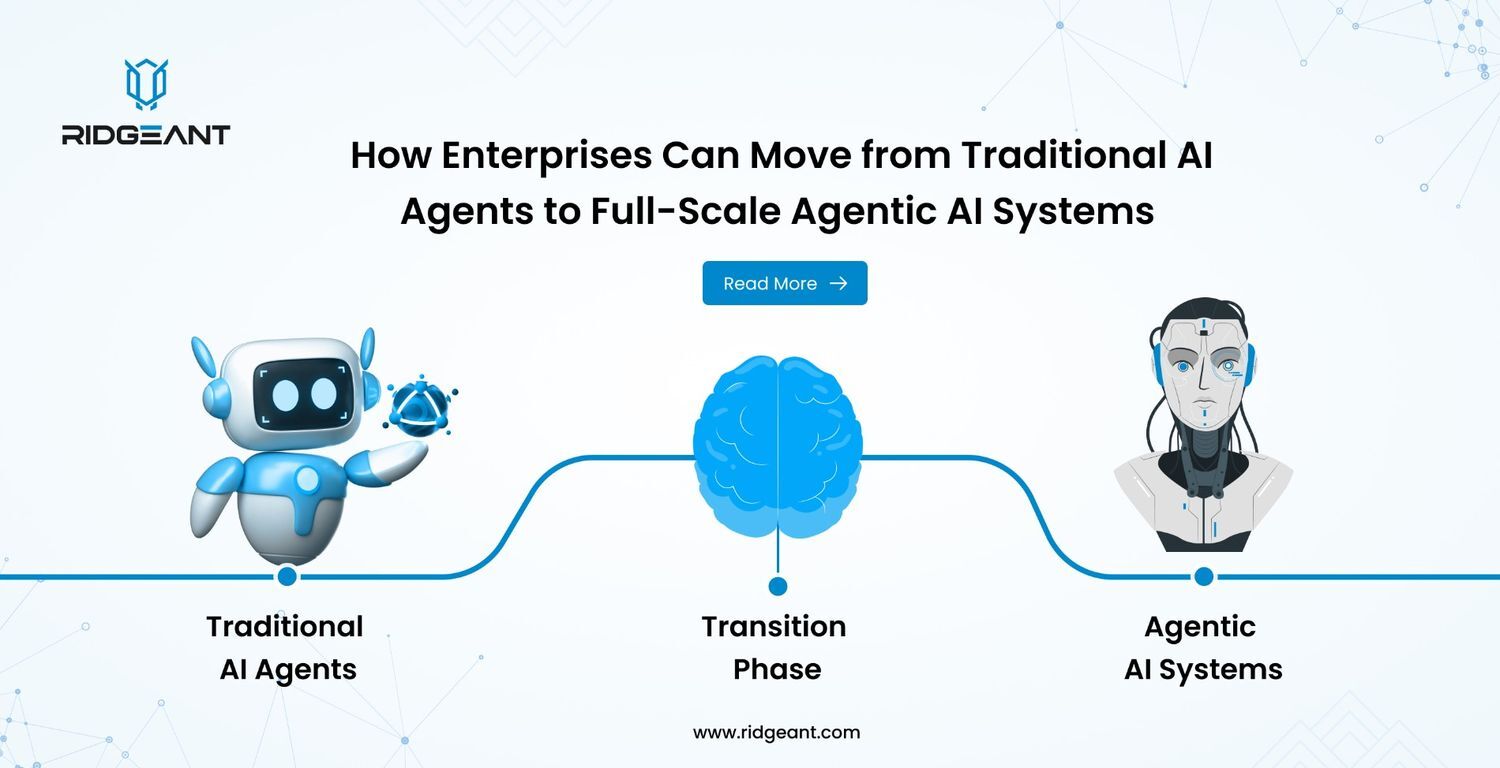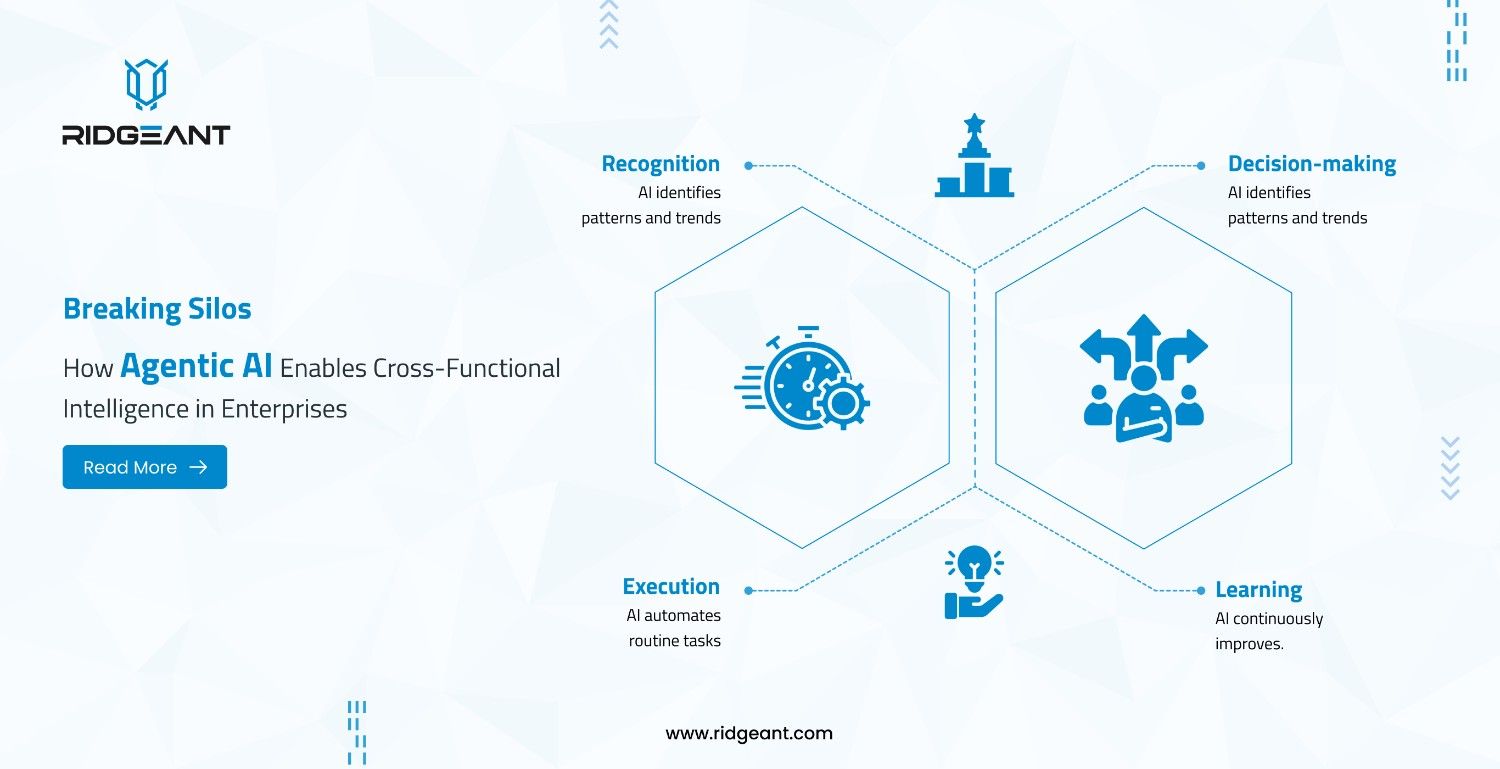
With data growing by leaps and bounds, the implementation of modern data infrastructure is a must. Organizations, far and wide are adapting modern data solutions for business data consolidation from disparate data systems, for further trend analysis. That is where data warehouses come into play.
Implementing data warehouses is a big task with the continuous involvement of teams, monitoring tasks, and activities. Organizations face issues like lack of organizational insights, missed process optimization, poor quality of data, low-end performance of data warehouse, and higher involvement of costs.
That is where cloud-based Data Warehouse as a Service (DWaaS) serves the purpose. To overcome the above challenges, it acts as a unified interface that manages all activities related to data warehousing and leads the implementation to success. The global DWaaS market size is projected to reach $5.4 billion by 2023 and is expected to keep growing at a CAGR of 22.4%.
This article aims to detail all involved facets of DWaaS, its overview, components, advantages, and challenges. Let us begin by understanding what exactly is DWaaS.
What is Data Warehouse as a Service?
Data Warehouse as a Service (DWaaS) is an outsourcing business model wherein the entire responsibility to create, manage and upgrade the data warehouse and associated tasks lies with a responsible service provider. Cloud-based data warehouses offer instant scalability depending on the storage and computing needs, making them cost-effective. All available data can be leveraged for enhanced decision-making, profitability, and productivity.
As a modern-day, managed, and fully featured solution, DWaaS addresses the challenges that organizations are facing today, concerning company operations, business insights, and actionable results. It offers detailed configuration and management for software and hardware resources. It eliminates the requirement of an on-premises data warehouse and hence lessens involved administrative costs.
It is delivered through APIs by the service provider and offers extensive and flexible data sources for gathering insights, through a data-centric approach. Organizations gain a competitive edge over the rest, converting data into value by paying for the managed service.
With DWaaS, organizations don’t need to spend all expenses upfront for getting the hardware and software. The DWaaS vendors manage the costing, system infrastructure, and routine administration work.
There are many DWaaS vendors and technologies that are popular today. Some of them are Google BigQuery, Amazon Redshift, Firebot, Microsoft Azure Synapse Analytics, Panoply, IBM Db2 Warehouse on Cloud, Teradata Vantage, Snowflake, SAP Data Warehouse Cloud, etc.
Key Components of DWaaS
In any DWaaS setup, the major components of an ideal data warehouse implementation will include the following:
- DBMS – for storing, processing, and accessing data
- Administrative services – management of technical data within the warehouse
- Data storage – a range of storage options like solid-state drives, hard disk drives, cloud object storage devices, etc.
- Analytics tools – include traditional BI and reporting solutions with AI and ML
- Metadata management tools – for answering the details of data and its characteristics
- Data pipelines – data integration tools performing ETL jobs
- Reporting and analytics tools – tools that support queries, reporting, and analytics
- Warehouse databases – the database where the data is recorded
- System integration tools – a set of data feeds and connections with source systems
Salient Benefits of DWaaS
The demand for DWaaS is on a growing spree, across business domains. Here are certain evident advantages which it is getting more popular:
- Extraction of data from disparate sources
- A consolidated, consistent, and accurate source of information
- Optimized data into visual dashboards for insightful reporting
- Regular alerts about any kind of data inconsistency
- Continuous access to data through the cloud
- Regular backup and faster disaster recovery
- Inbuilt data duplication facility
- Easy to scale with cloud-driven services with high data storage
- Less expensive, doesn’t need maintenance, costly hardware, software
- Leverages economic value with standard processes
- Continuous upgrade of modern infrastructure to ensure performance
- Provisioning within minutes with faster production time
- Lessens the need for extra resources for administration and management
Basic Services of a DWaaS Setup
Whenever an organization goes in for DWaaS implementation, here are certain service offerings that the service provider will include:
- Data warehouse design and development
Configuration of a custom data warehouse architecture based on customer requirements, current strategy, and best practices.
- Third-party data warehouse integration
Seamless integration of data warehouse with all current data sources like the transactional systems and high integrity data transfer.
- Data Cleaning and Data Migration
Once the integration is done, data merging, cleaning, and testing are done and then it is transferred to the chosen cloud platform.
- Maintenance and Support
Maintenance of data ensuring quality and support staying in adherence with security protocols.
- Regular Updates
Routinely update and maintain the data warehouse based on altering requirements to ensure that the complete setup is well maintained.
Some Challenges Faced by DWaaS
Some certain drawbacks or hurdles come across, as you go in for implementing DWaaS:
- Security Hassles – there are firewalls and other security mechanisms, but there could be third-party cyberattacks and data breaches that must be thought of, in advance
- Need for Technical Expertise – for implementing DWaaS, there is a need for technical BI expertise else it is difficult to use
- Data rigidity – at times, the architecture of current systems may not be able to fit in demands of the DWaaS requirements
- Latency – delay in getting data from operational systems and accessing it easily can be an issue
- Vendor lock-in – Mitigation of vendor lock-in is a challenge since it is tough to migrate from one vendor to another
On a Wrapping Note
Organizations often wonder if implementing DWaaS is fruitful! If there is a huge budget and your industry segment is such that DWaaS is a common implementation, you can go in for it. It will surely assist in staying ahead of the rest, especially in eCommerce/insurance sectors. If there is a smaller budget, you can skip going onto DWaaS.
The best suggestion is to go in for a small setup and then expand it as per needs, especially for a new data warehouse or modernization of an existing one. That will ensure a smooth and silent implementation along with modernized returns.
Ridgeant’s data warehousing services include consultation, implementation, migration, and managed services to help organizations consolidate data in efficient DWH solutions. Our RPA developers leverage the best of advanced platforms and next-gen technologies to deliver custom RPA solutions and services that solve today’s real-world challenges.
Our flexible engagement models, tailored approach, and use of the latest tools and technologies result in faster time-to-market, efficient, and secure data pipelines. Reach out to us for implementing any kind of data warehousing services.














